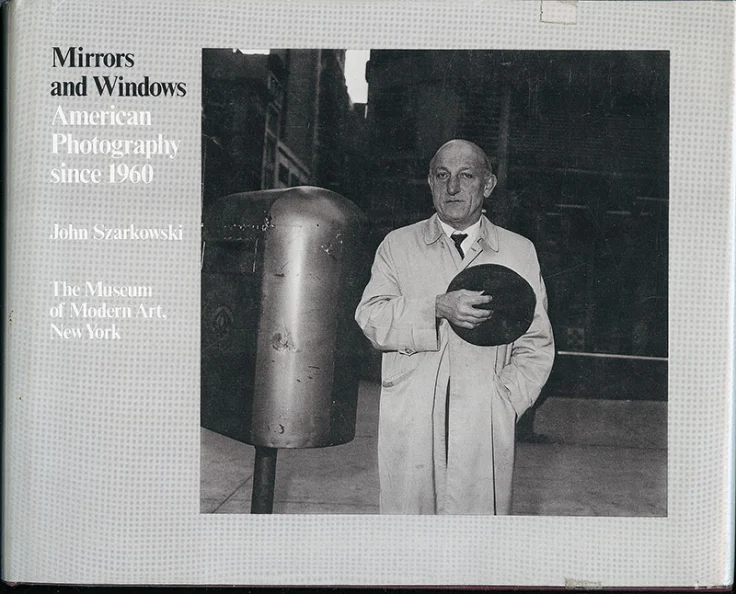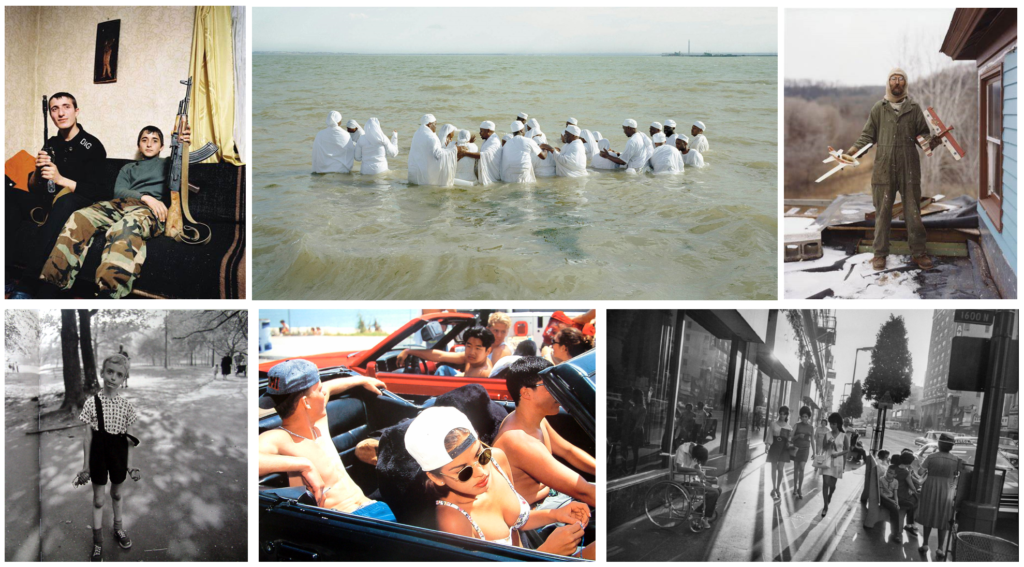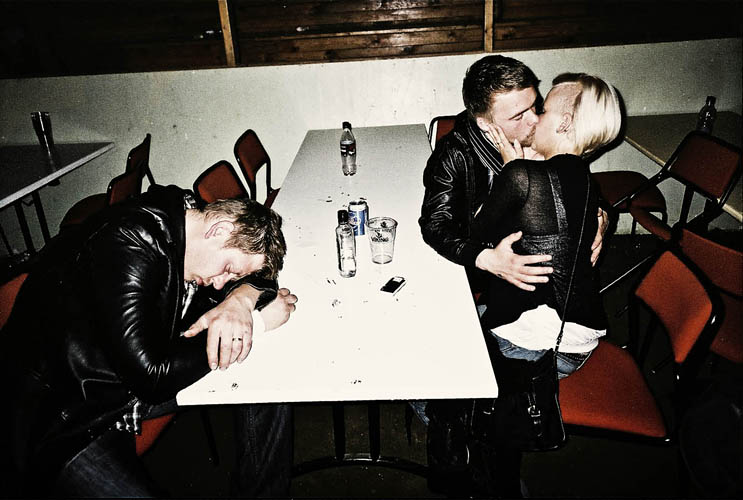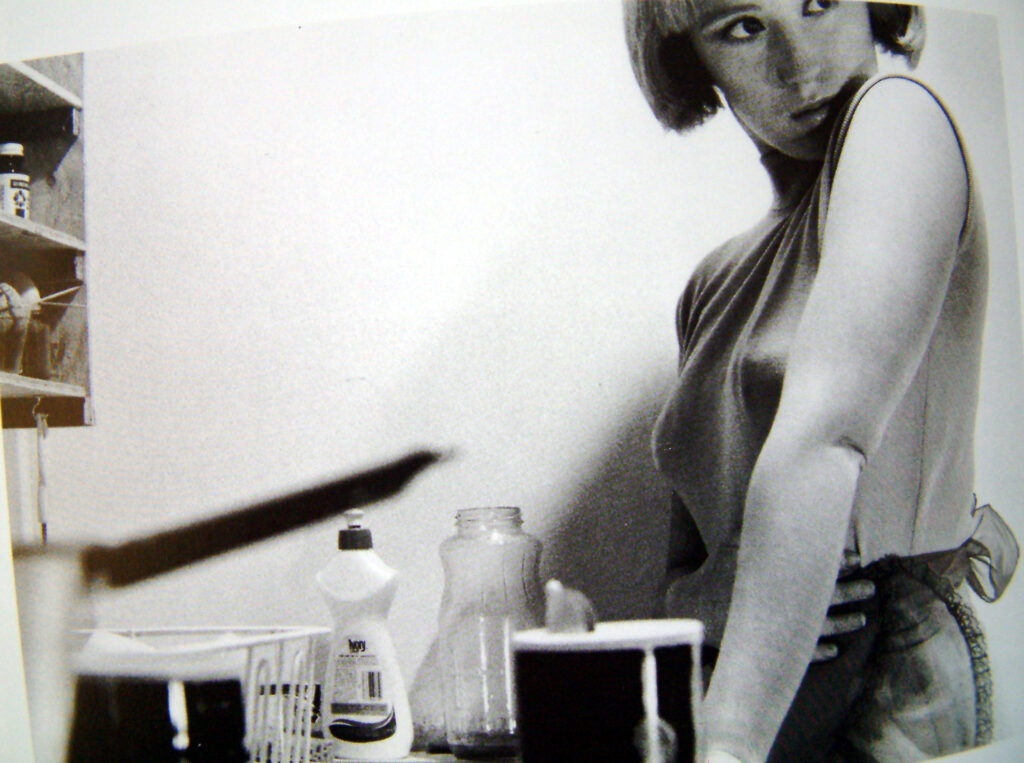
John Szarkowski was a hugely influential photography curator at the Museum of Modern Art from 1962 to 1991. In his 1978 exhibition and book, ‘Mirrors and Windows: American Photography Since 1960’, Szarkowski used this metaphor of ‘windows and mirrors’ to categorise and understand contemporary photography.
Szarkowski wrote, ‘The distance between them is to be measured not in terms of the relative force or originality of their work, but in terms of their conceptions of what a photograph is: is it a mirror, reflecting a portrait of the artist who made it, or a window, through which one might better know the world?’.
Windows: A photograph described as a window is when the photographer uses the camera to document reality, to reveal something true about the external world. These images are usually observational and objective, aiming to show the viewer something they might not have otherwise seen. It’s about the subject more than the photographer.
Mirrors: A mirror photograph is a more introspective or expressive approach. The photographer uses the camera to reflect their personal vision, emotions, or internal state. It’s less about documenting and more about interpreting the world through the photographers subjective, expressive and reflective images.
Windows:


This photo above, from Rafal Milach, would be described as a ‘window’ image as it captures a raw, seemingly unstaged moment in a bar or club environment. The candidness of the photograph places the photo in the documentary photography category as it is about observing and recording reality, not interpreting it through personal thought. Milach’s work often explores Eastern European identity, post-Soviet transitions, and social dynamics. This image provides a ‘window’ into a specific youth culture. The viewer is an observer of a previously lived experience, not as an insight to the photographer’s self. The composition of the image portrays a feel of detachment. It feels observational, the flash, harsh lighting, and almost plain setting prioritises truth over personal interpretation, reinforcing the idea that the photograph is a window.
Mirrors:


This photograph, by Cindy Sherman, is a ‘mirror’ photograph as it is a reflection of herself. Sherman is known for using herself as a model in staged scenes, portraying herself as multiple different personas. Rather than revealing an external truth, this photograph reflects her exploration of female identity, roles, and stereotypes – making it deeply introspective. Unlike candid or documentary photos, this scene is carefully composed and performed. Everything is chosen to invoke a certain emotional tone and commentary e.g. her expression, posture, domestic props etc. The meaning behind this image is not about what’s obvious, but what’s happening internally or psychologically—in the mind of the artist and the character she plays. The subject’s averted gaze, slightly tense body language, and the domestic backdrop suggest themes of vulnerability and confinement, these themes aren’t direct observations of reality, but symbolic reflections of inner emotional states.
